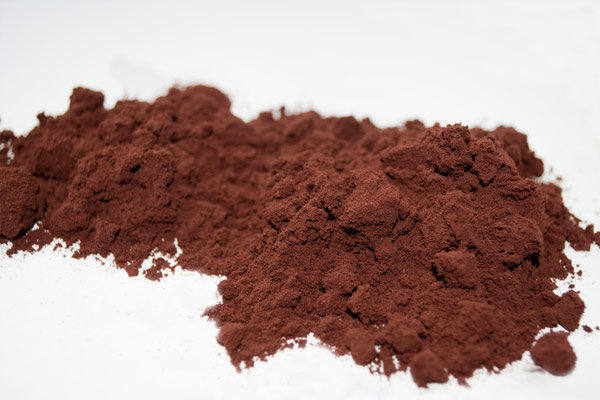 All fertilizers used in the cultivation of horticultural crops can be divided into mineral and organic.
All fertilizers used in the cultivation of horticultural crops can be divided into mineral and organic.
Mineral fertilizers - mineral compounds obtained chemically. Used to nourish plants and improve soil composition.
Organic fertilizers (organic) - organic compounds obtained by processing plant and animal residues. They contain plant nutrients that affect growth and fruiting, improve the physical and chemical properties of the soil.
One of the varieties of organic fertilizers - blood meal.
Content
Description of fertilizer blood meal
Processing animal residues is a waste-free production. Everything is processed, including the blood of animals.
Blood meal obtained as a result of processing blood of animals in different ways:
1 way: blood is heated to high temperatures, then water is removed, the mixture is sterilized, dried, cooled, crushed.
2 way: malt sprouts are added to the starting material, the mass undergoes sterilization and drying under excess pressure, then the raw materials are cooled, crushed, pressed.
The resulting substance has a strong specific odor, dense and loose in consistency, in color - black-brown.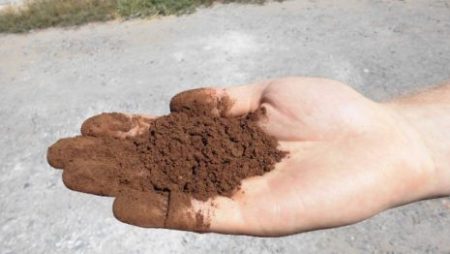
Nutritional characteristics:
- dry matter - 900g / kg;
- protein - 910g / kg;
- fat - 5g / kg;
- ash - 55g / kg;
- lysine - 77g / kg;
- cystine and methionine - 25g / kg.
Fertilizer value from animal blood in the amount of nitrogen - 11 - 12% of the volume of all substances, in the availability and effectiveness of use, in the convenience of delivery and storage.
Other trace elements in flour are presented in small doses and, to enrich the composition, it is mixed with bone meal rich in phosphates.
The benefits of blood flour, based on its composition:
- provides the plant with nutrients;
- provides growth;
- promotes good fruiting and fruit quality;
- Helps eliminate some plant diseases associated with a lack of nitrogen;
- increases productivity;
- improves soil structure;
- affects the composition of the soil, significantly improving it;
- the smell of blood repels rodents.
The properties of flour allow it to be used as fertilizer and in animal feed.
Blood meal as a fertilizer, how to apply
As an inexpensive and affordable tool, blood flour is widely used in the cultivation of various garden crops, in gardens and parks, affecting the appearance of plants and its quality.
Crops for which the use of blood meal as fertilizer is possible:
- vegetable crops (greenhouses, open ground);
- fruit trees and bushes;
- flowers
- grass for lawns;
- potted plants.
Application tips for top dressing the soil: sprinkle the mixture evenly, dig a shovel (on a bayonet). Spring fertilizer application - March, April.
Fertilizer rate for each culture is different and it should be observed so as not to get a negative result:
- Planting seedlings: two or three glasses of flour are poured into the groove for planting, then the seedling is dug up. Watering is required. You can make fertilizer in the near-stem soil.
- Vegetables: 1 cup three cups.
- Flower and decorative cultures: three glasses on 1 m².
- Sowing a lawn: two - three glasses on 1 m².
Liquid fertilizer for plants in pots and tubs:
- pour blood flour into the container (50 g);
- add water (10 liters);
- mix the mixture daily;
- the mixture is prepared for 5-10 days.
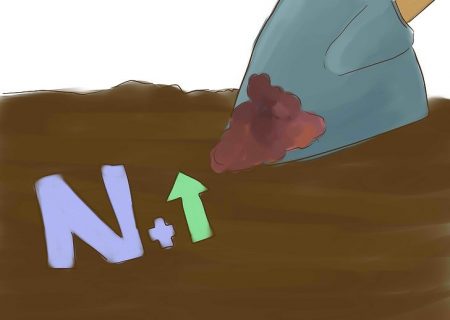
Warning
Before using blood meal as a fertilizer, you must definitely become familiar not only with the positive effect of the fertilizer, but also features that can harm plants:
- The disadvantage, in addition to nitrogen, other trace elements in the composition.
- Violation of the dosage upwards may burn the plant.
- It should be used for alkaline soils - it will provide a balance of soil composition.
- Short shelf life - six months. At the end of the quality period, the flour is lost.
- Nitrogen in the flour composition is quickly consumed (6 weeks), so this fertilizer is good to use as fertilizing plants in spring and summer: first to build green mass, then immediately before flowering.
- Use only as directed on the package.
- Flour is stored in a cool room with ventilation, without access to sunlight.
The competent and prudent use of blood meal as a fertilizer will provide a good harvest, will delight with beautiful greenery on the site and in the garden.
Reviews
Zhenya
It is a pity that blood meal is not common in the post-Soviet space as it is in Europe. They no longer use bone meal, in which there are a lot of phosphates. Blood flour is very common in Germany, and the Germans are scrupulous in dosages, since a lot of this fertilizer - bad, little - is also wrong.
Sergey (answered the question about the role of albumin in the composition of blood meal).
The blood of any animal contains light albumin protein. It delivers nutrients, such as amino acids, to cells. It also removes toxins. Simply put, it is needed for cell homeostasis.
Katerina Ivanovna
I was always interested in unusual fertilizers, I tried various types. I heard about blood meal and decided to try it. I read that the fertilizer is rich in nitrogen and, when nitrogen fertilizers were needed, in March brought blood flour under roses. Used in spring - nitrogen is important for plant growth: just two tablespoons of flour per square meter is simply put into the soil, loosened.
I did not use it in pure form for indoor plants - the smell is not very pleasant. I mixed in small quantities blood and bone flour, introduced into the soil room roses. The rose began to grow, more shoots became, the bush became fluffy. And also, what I did not expect, the spider mite disappeared.
I am going to try flour on flowers and lawn grass to compare with other fertilizers.
I liked the ease of use.

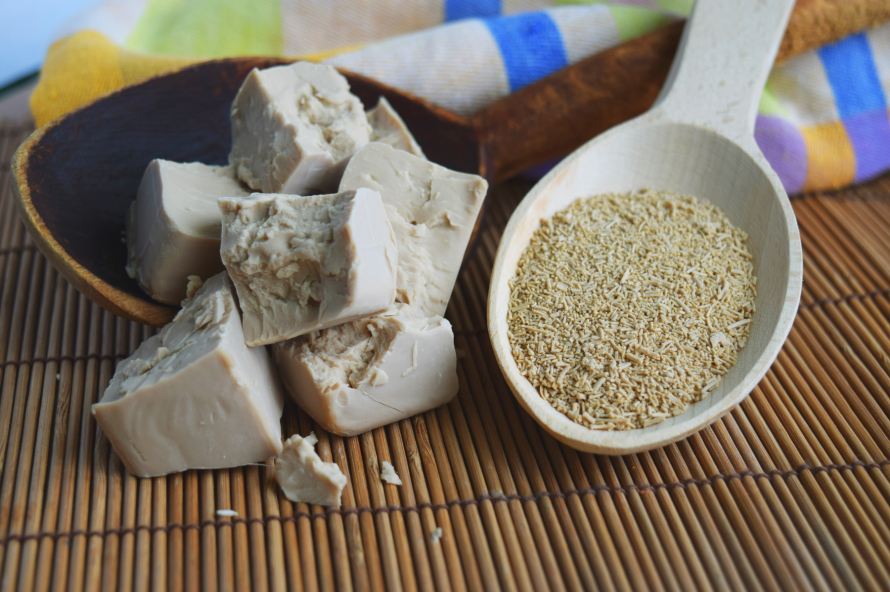
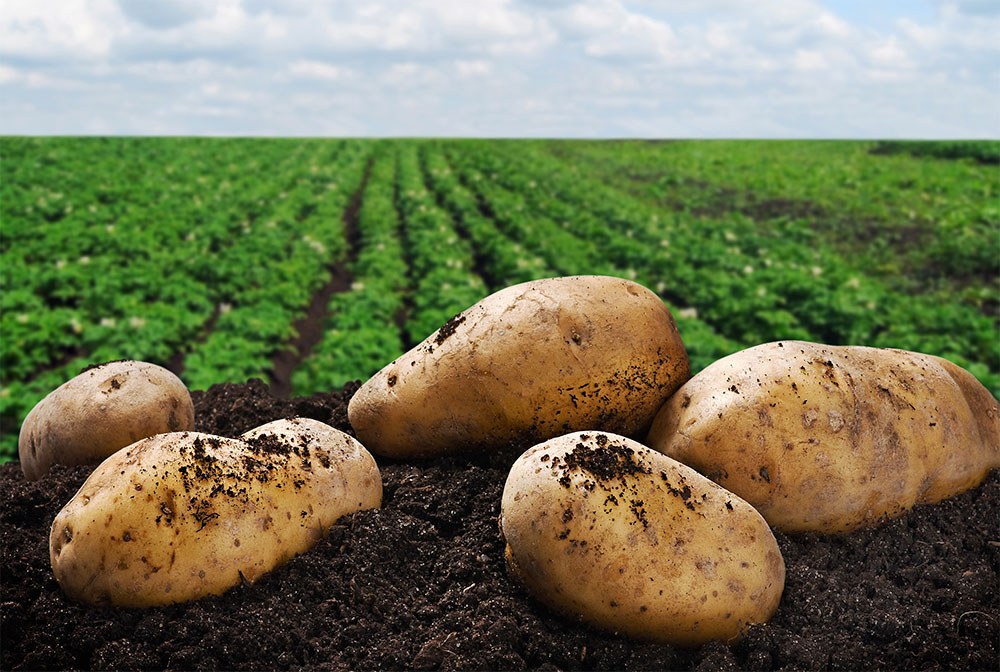
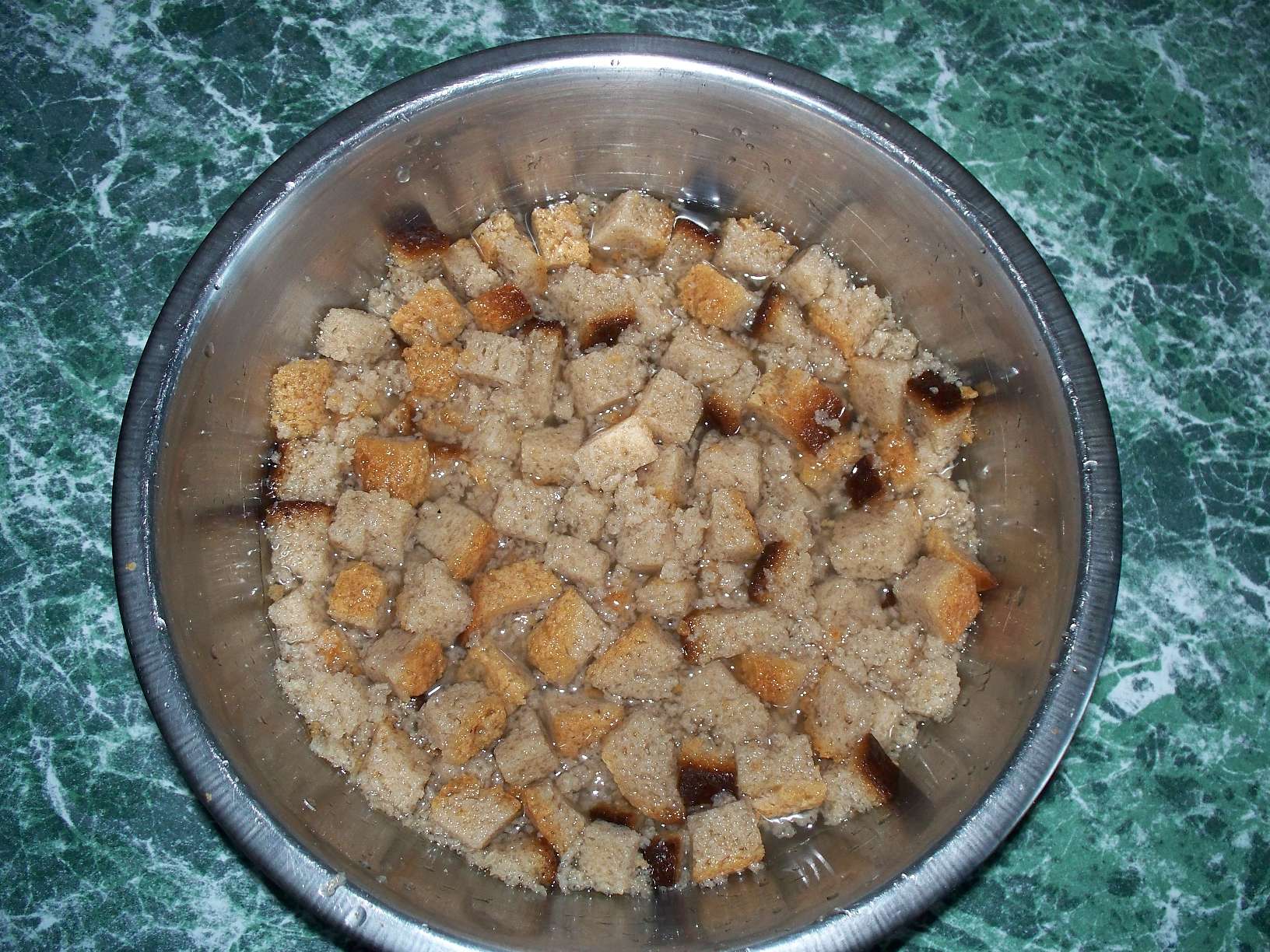
 Superphosphate: what is it and how to apply it
Superphosphate: what is it and how to apply it What problems can be expected from siderats?
What problems can be expected from siderats? Secrets of the collection, storage and use of eggshells in the garden
Secrets of the collection, storage and use of eggshells in the garden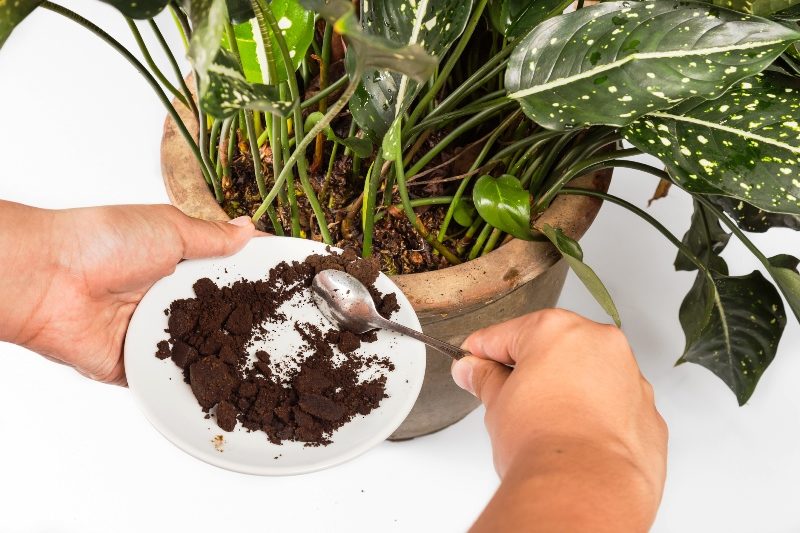 The most popular top dressing for indoor plants
The most popular top dressing for indoor plants
Irina
Phew! To look at this dry blood is not so scary to use in a garden or a kitchen garden.